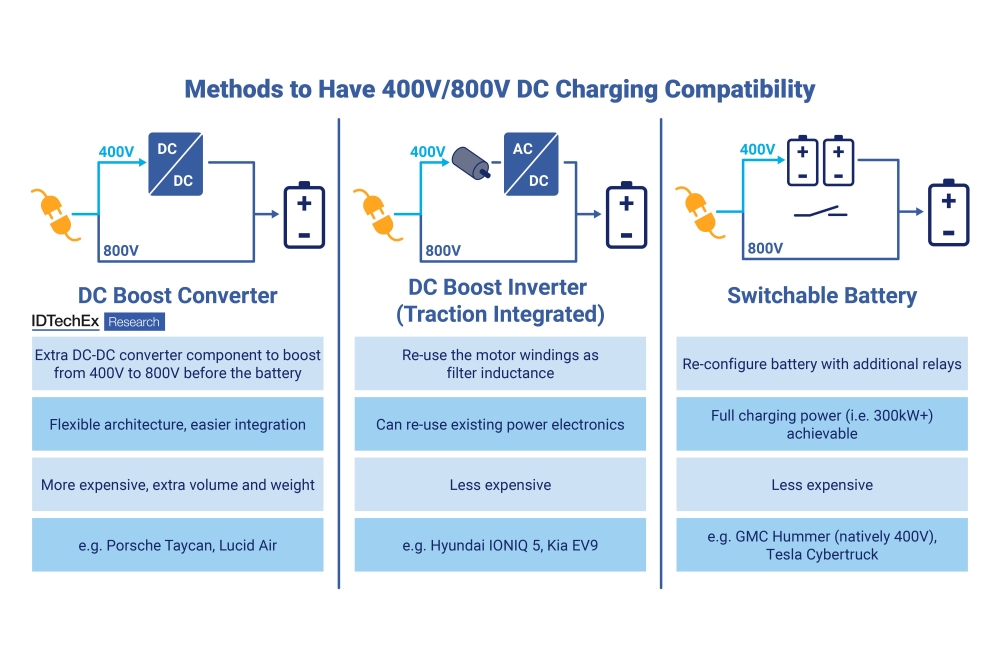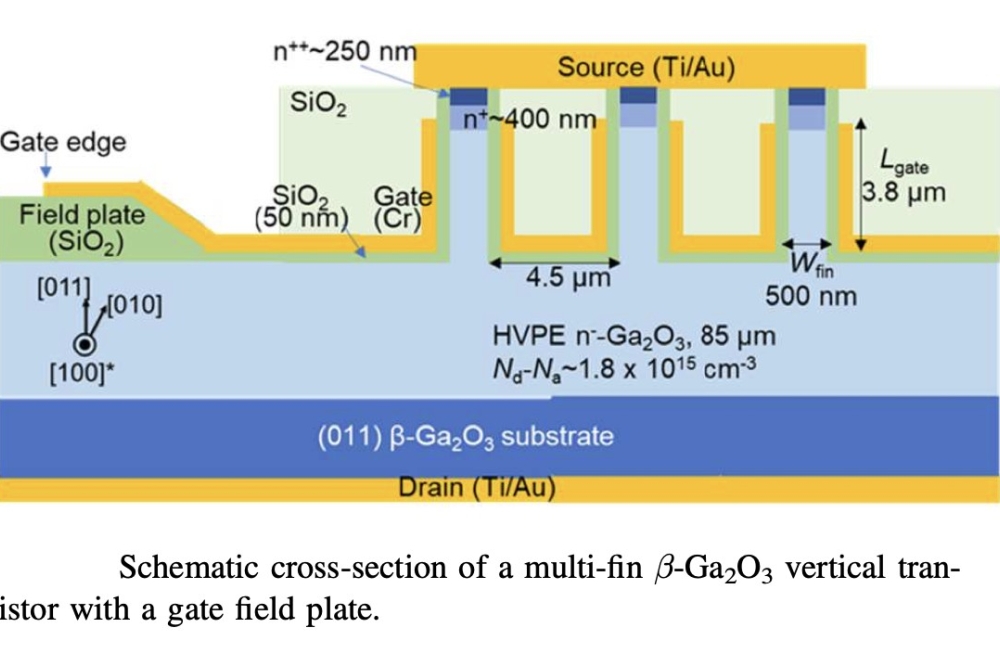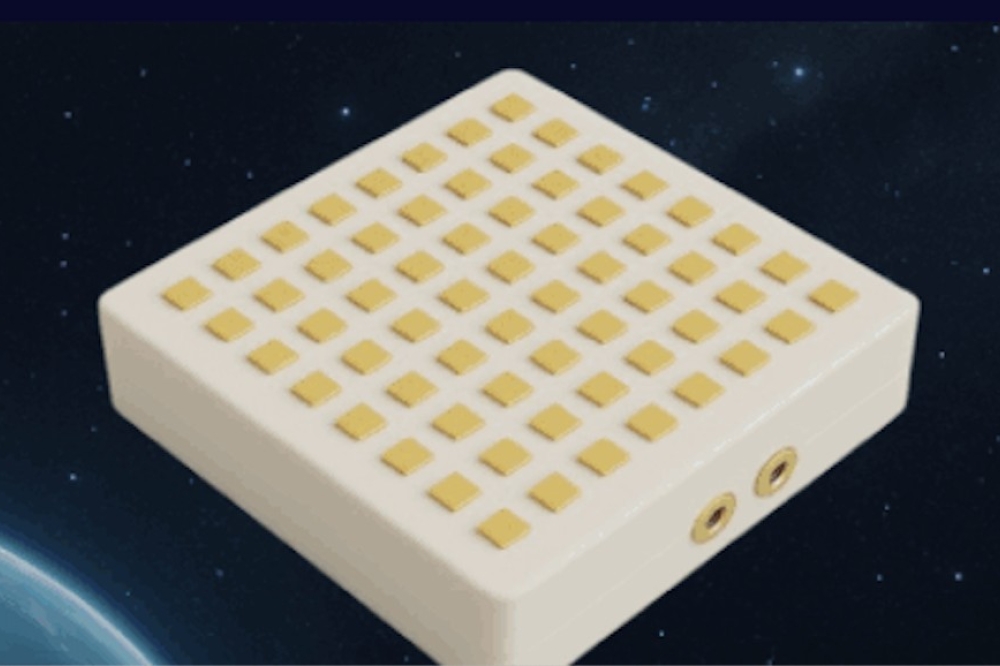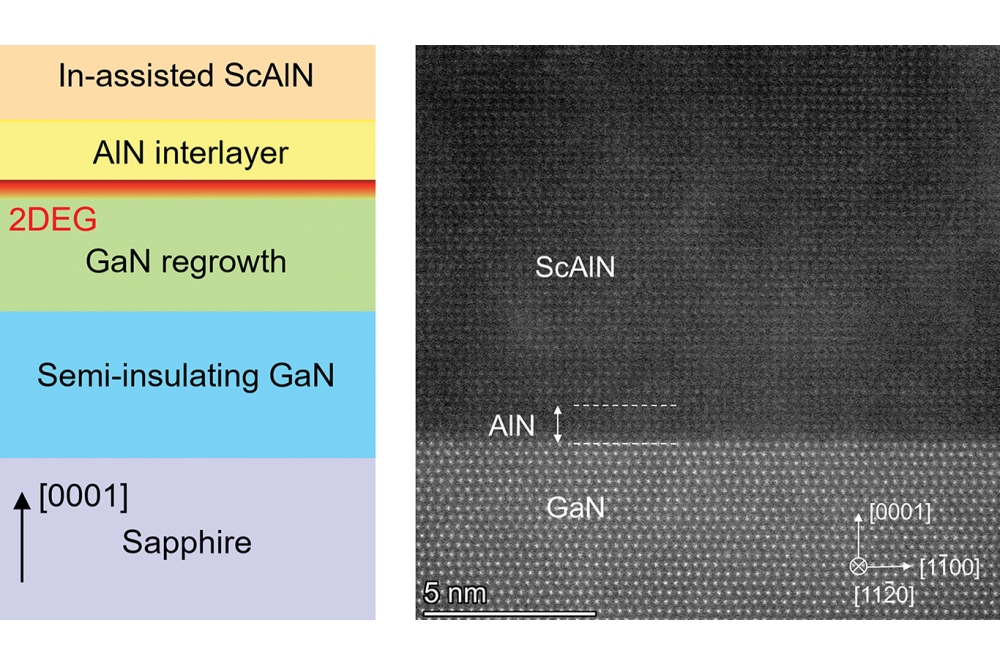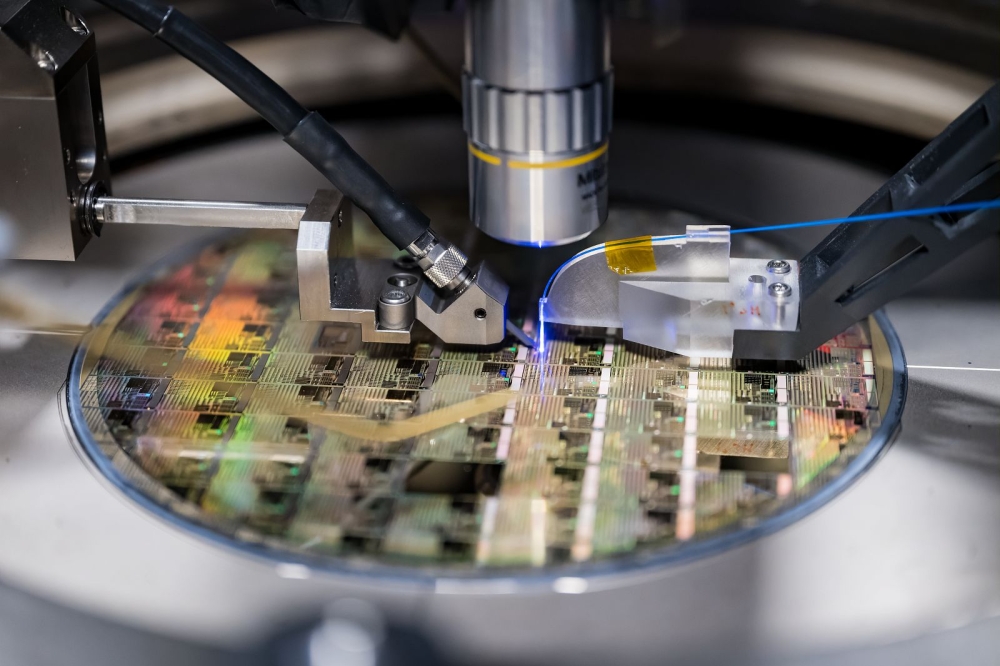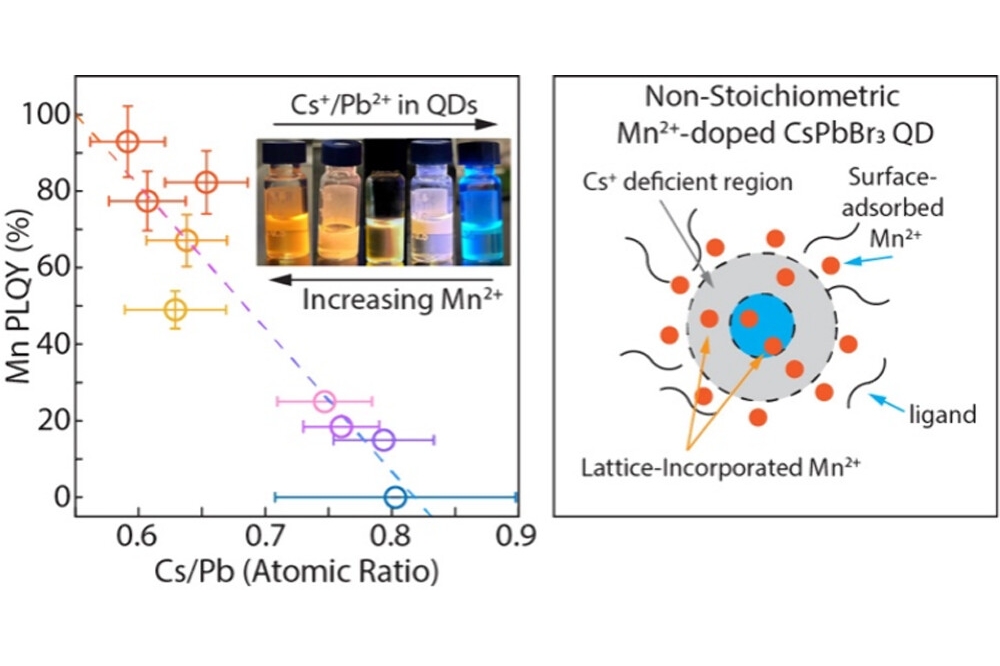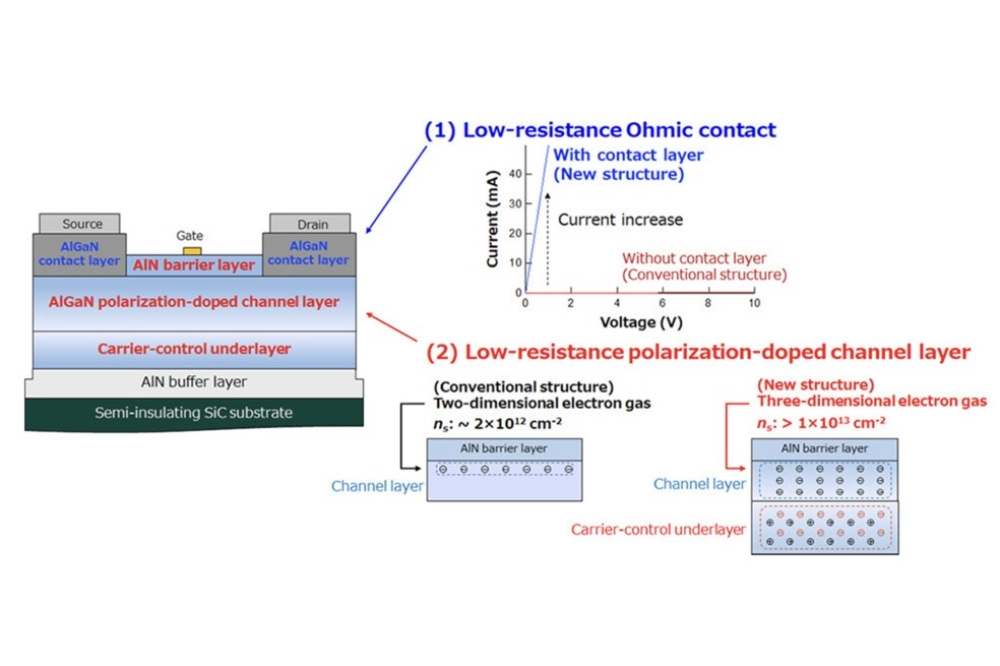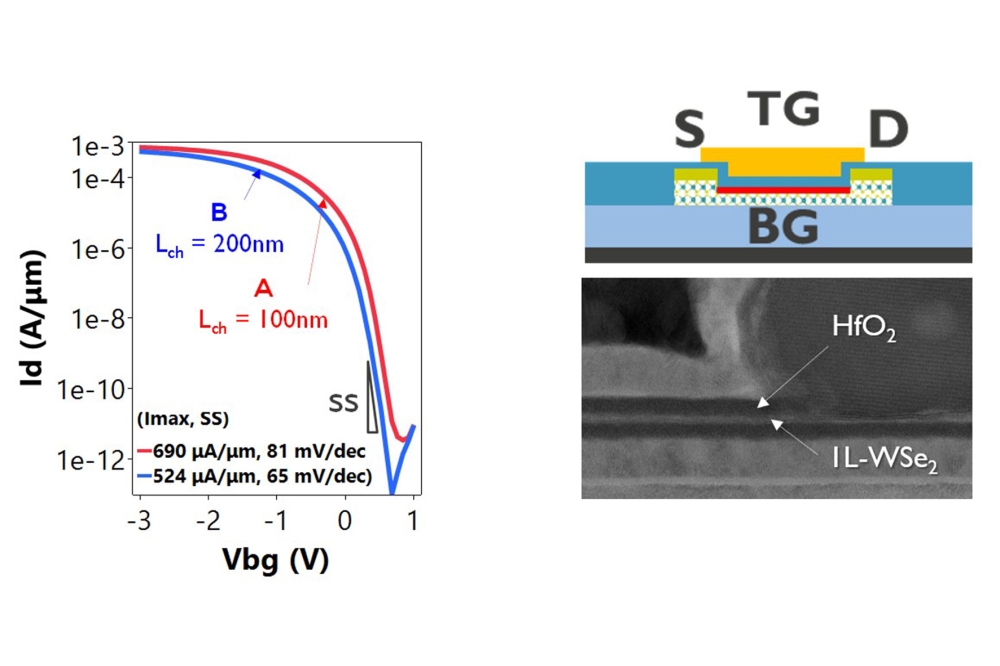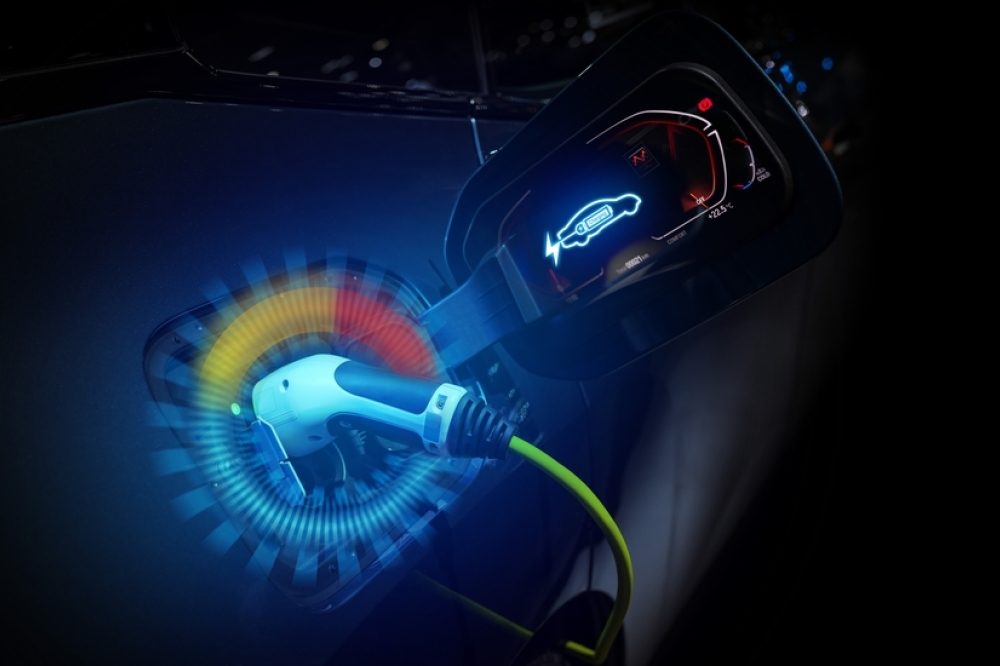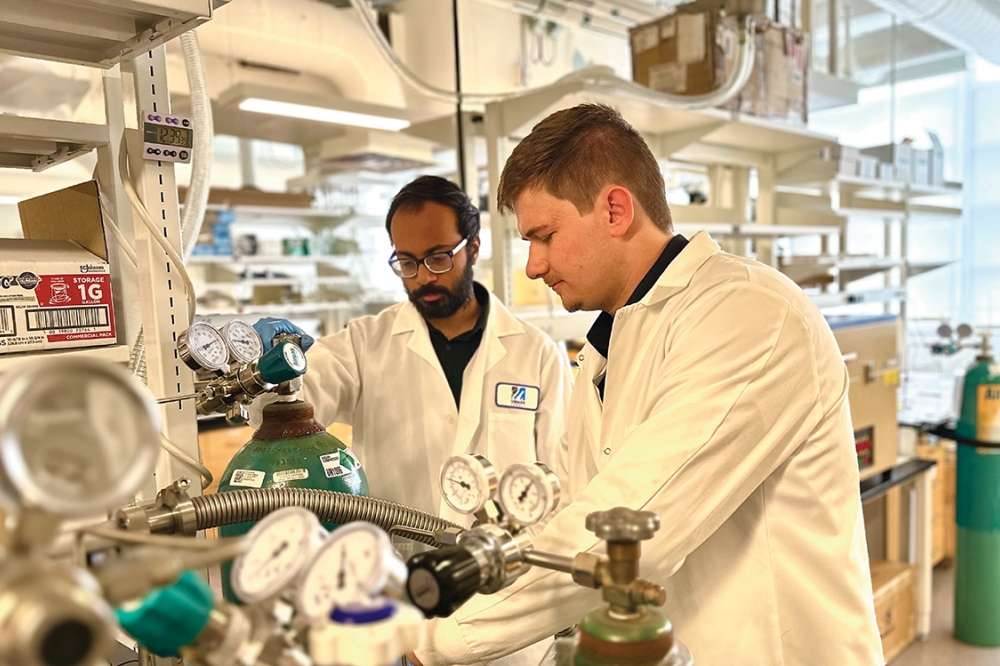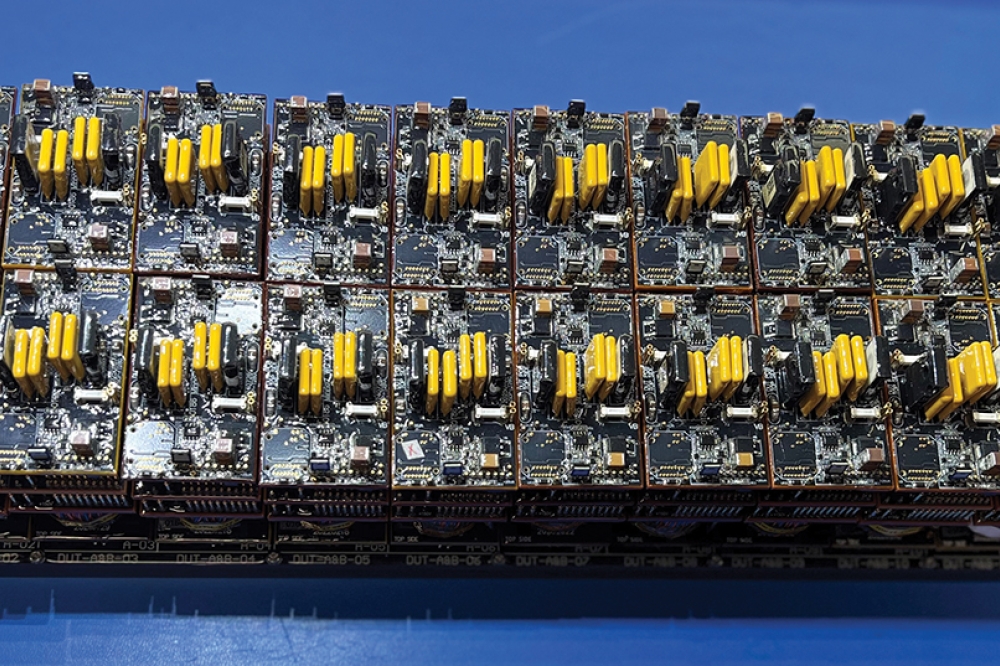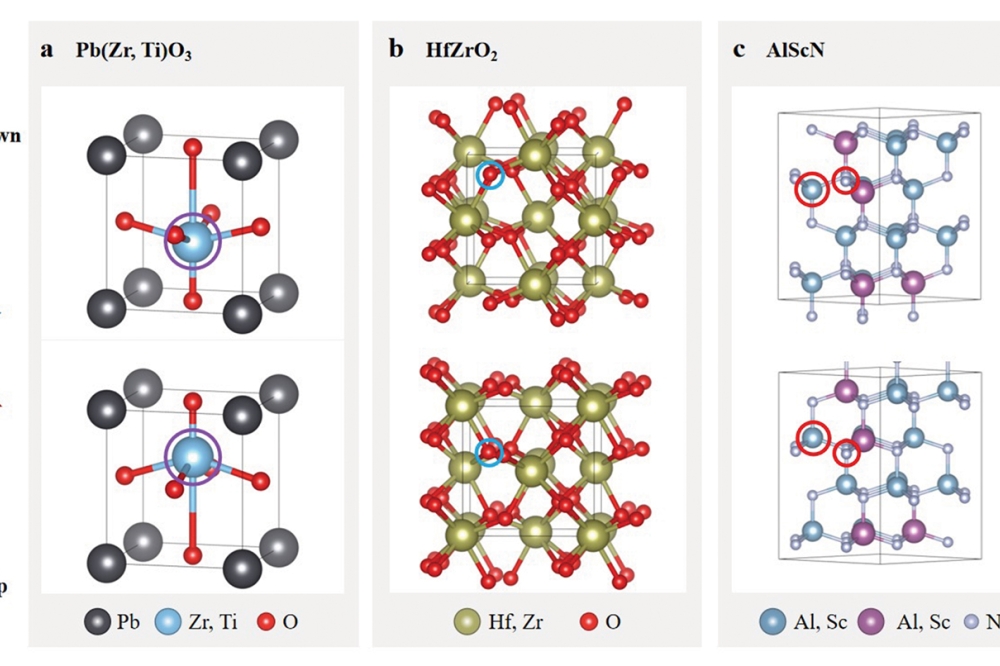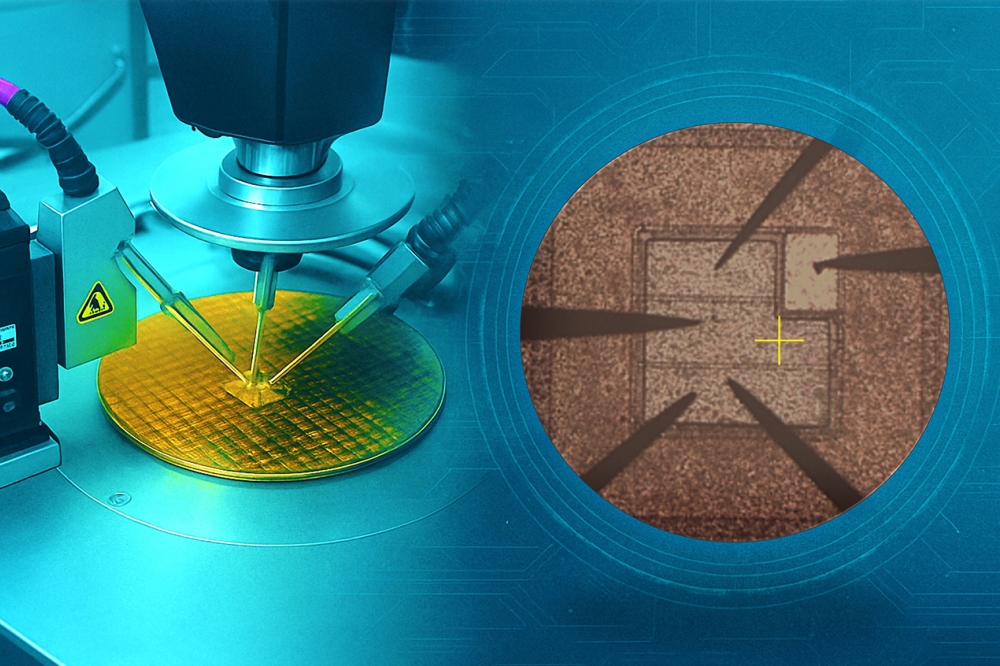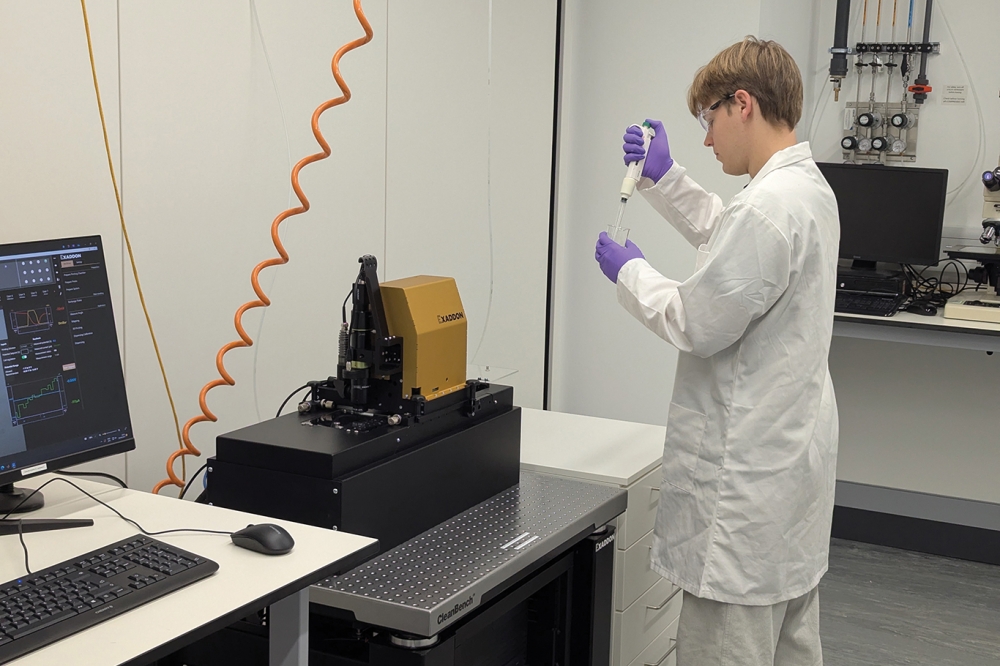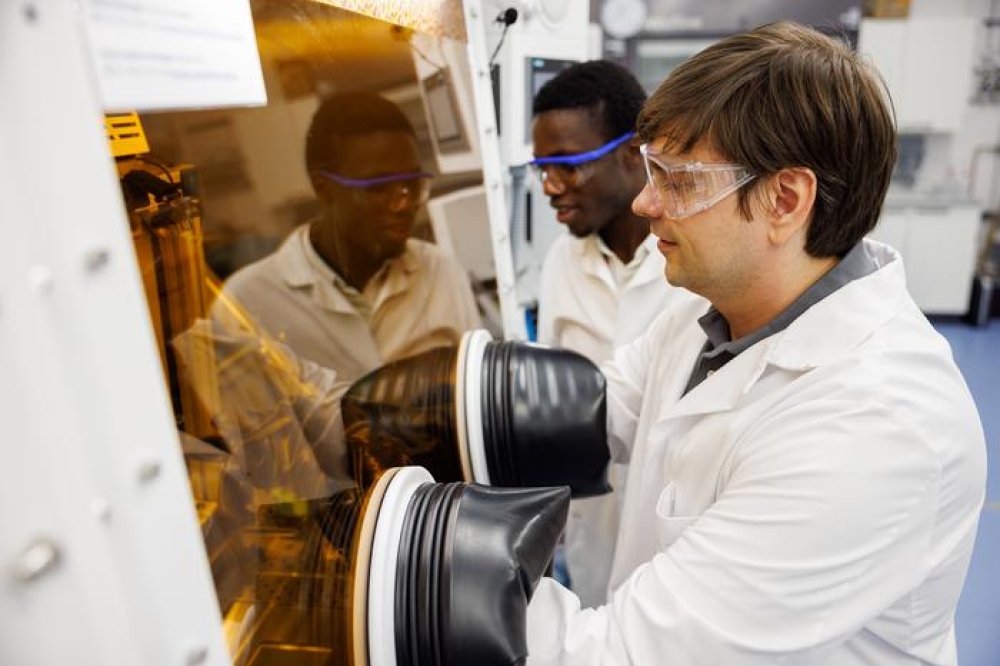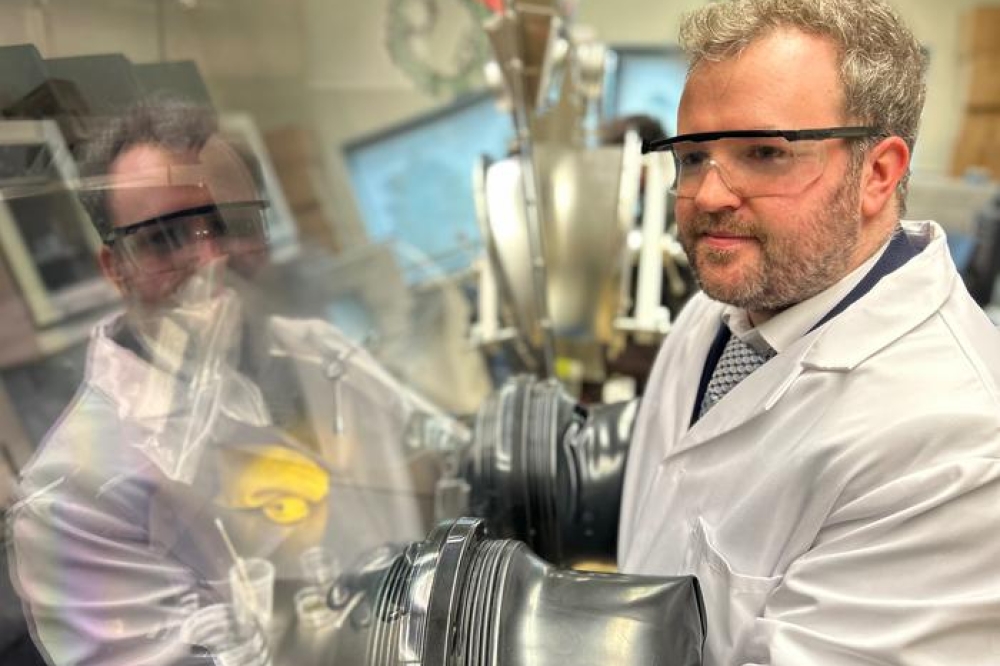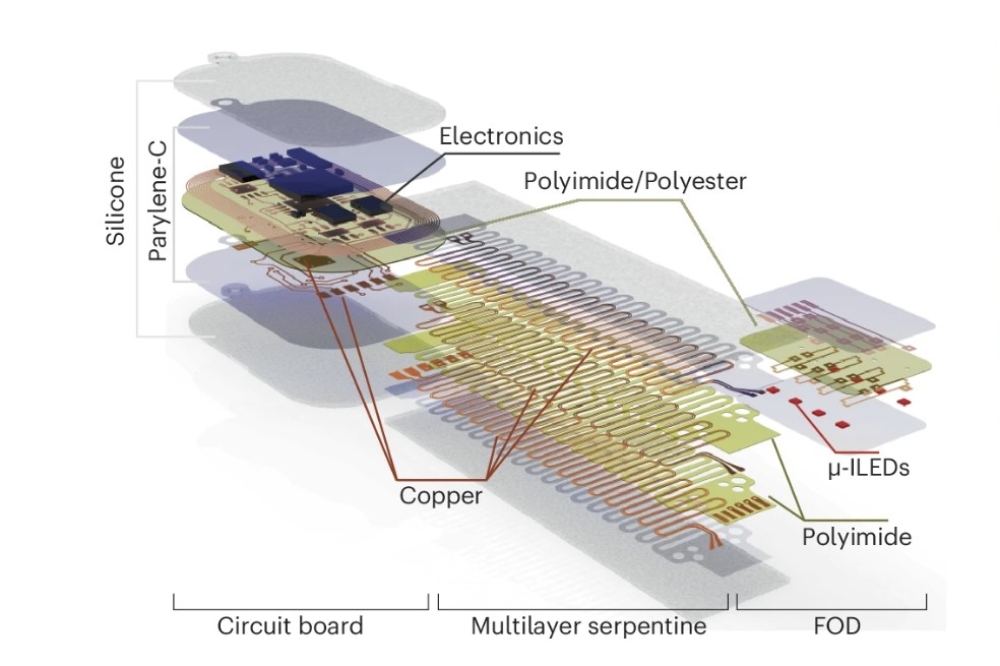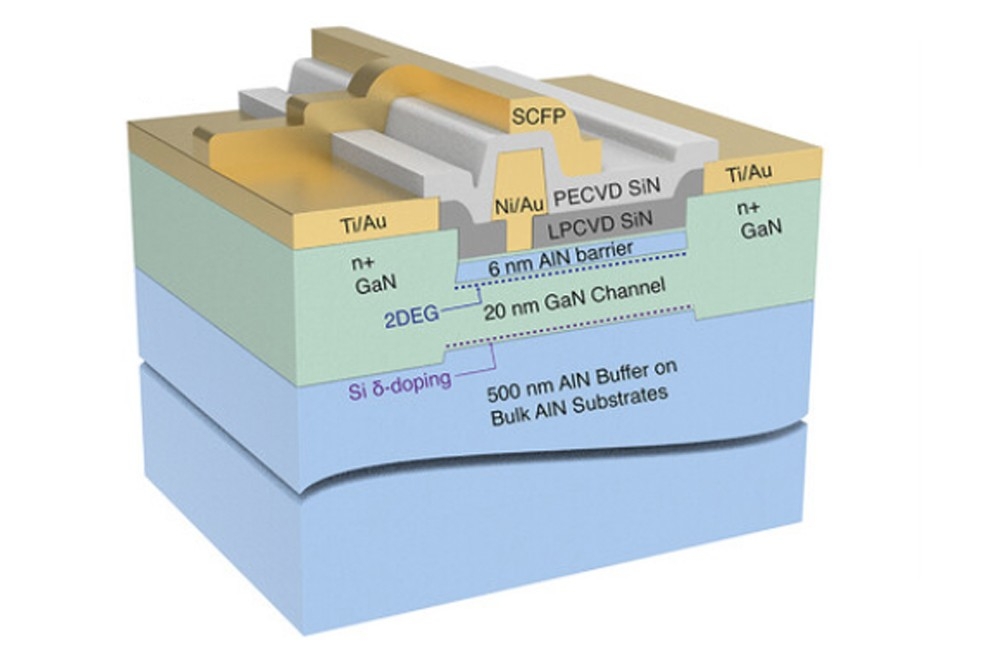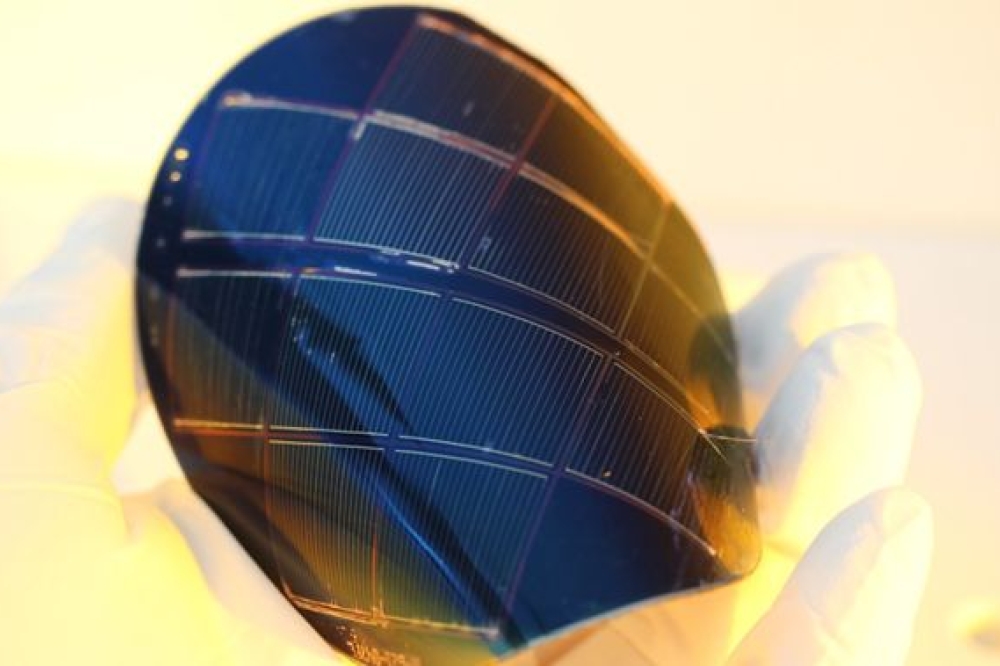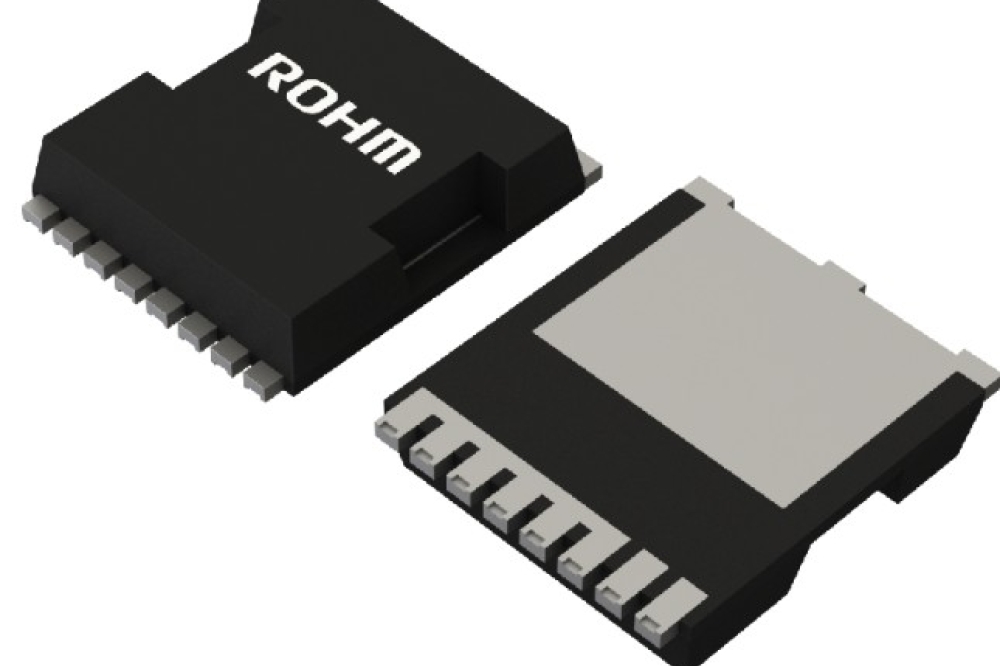Imec identifies stable range for GaN MISHEMTs in RF PAs
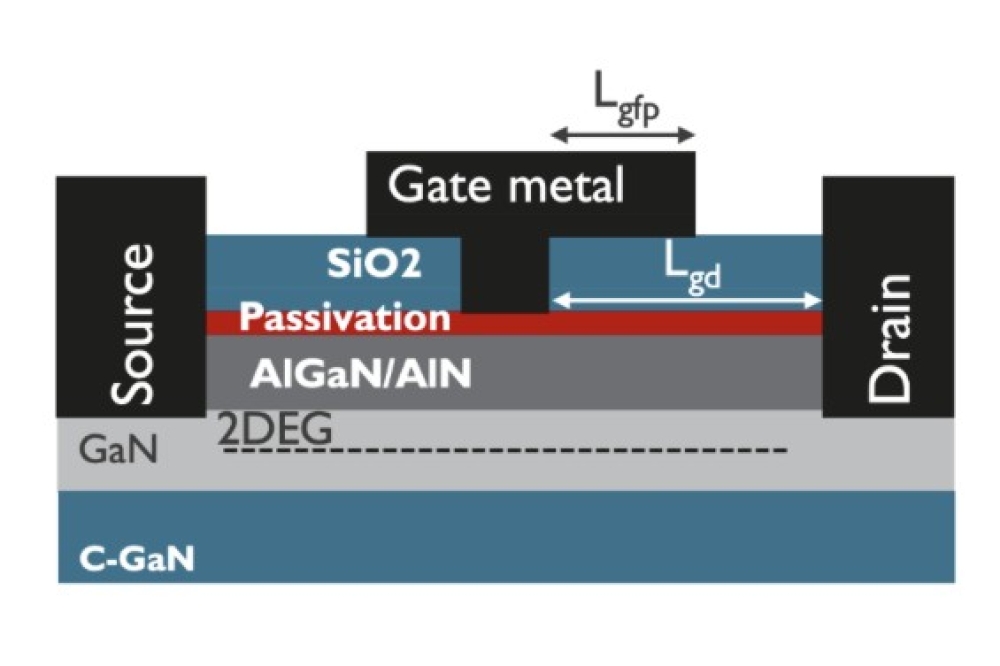
At the recent IEEE International Reliability Physics Symposium (IRPS) 2025, the research organisation Imec demonstrated that, despite their positive bias (on-state) instability, GaN MISHEMTs (Metal-Insulator-Semiconductor High Electron Mobility Transistors) maintain consistent performance when operating within a well-defined range.
Imec says these findings support the design of reliable GaN-based power amplifiers to avoid positive bias instability and thus enable handset applications for 6G communication.
GaN MISHEMTs are being explored for use in 5G+/6G RF systems due to their excellent efficiency and power-handling capabilities. However, these devices face challenges, particularly with positive gate bias instability (ΔVth), where shifts in the threshold voltage under certain conditions can affect the performance and long-term reliability of the power amplifier.
Gate bias instability in GaN MISHEMTs is a complex and largely unexplored phenomenon that can occur in the different operational states —off, semi-on, and on state— each exhibiting distinct instability mechanisms. Moreover, its role in the power amplifier operation has not been widely studied, partly because traditional RF power amplifiers typically use GaAs) HBT or HEMTs without a dielectric gate.
To bridge this gap, Imec researchers have introduced a pragmatic analytical approach that directly compares a stable range of gate voltages in DC conditions with the actual gate modulation range in the RF power amplifier operation.
Their analysis reveals a strong overlap between these two ranges, confirming that GaN MISHEMTs remain stable within the typical voltage swing of RF power amplifiers. This allows linearly operating power amplifiers to be designed that avoid a ΔVth concern.
“Our research goes beyond identifying challenges. It offers practical solutions, demonstrating that GaN MISHEMTs can be reliably used in power amplifier applications for 5G+/6G technology. By integrating fundamental device reliability research with real-world RF system assessments, our team at Imec is bridging the gap between theoretical studies and practical applications, ensuring that GaN technology can meet the demands of next-generation communication systems,” says Hao Yu, principal member of the technical staff at Imec.
The researchers also show that the presence of naturally occurring positive interfacial polarisation charges at the material interface plays a key role in preventing unwanted shifts in operating voltage over time. This finding is significant because it highlights a unique feature of GaN MISHEMTs that makes them more immune to on-state threshold voltage (Vth) instability compared to other gate dielectric contained devices, such as MISFETs.
Simulations further demonstrate that even under real-world RF input signals, the on-state Vth instability is mitigated. These combined insights provide crucial guidance for designing robust, high-performance power amplifiers.
The research was presented as a highlight at 2025 IEEE IRPS conference, alongside three complementary papers from Imec's advanced RF program in collaboration with Tian-Li Wu’s team in National Yang Ming Chiao Tung University (NYCU) in Taiwan.
These additional papers delve into fundamental research, exploring different degradation mechanisms and reliability challenges of GaN HEMTs and MISHEMTs under various stress conditions, including semi-on, off, and half-on states, and for both high- and low voltage applications. Together, they contribute to a comprehensive understanding of GaN-Si device performance, according to Imec.
“We are very glad to work on the reliability evaluation and degradation analysis in RF GaN MISHEMTs with Imec since reliability is the key bottleneck toward the successful commercialisation. Through this collaboration, we are able to address the challenges in the industries with cultivating the talents for advanced semiconductor R&D”says Tian-Li Wu, professor in National Yang Ming Chiao Tung University in Taiwan.

